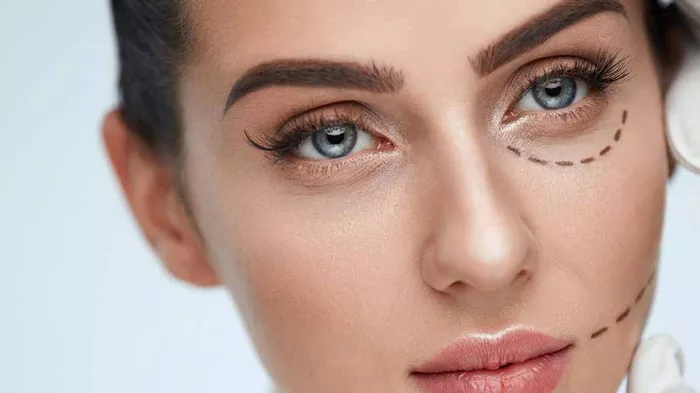Lower blepharoplasty, also known as lower eyelid surgery, is a cosmetic procedure that aims to improve the appearance of the area underneath the eyes. It involves the removal or repositioning of excess skin, fat, and muscle from the lower eyelids to create a more youthful and refreshed look. While the procedure is popular and widely performed, some people may wonder if it is safe. In this article, we will explore the safety of lower blepharoplasty in detail.
Understanding Lower Blepharoplasty
Before delving into the safety of the procedure, it’s important to understand what lower blepharoplasty entails. The surgery is typically performed under local anesthesia with sedation, although general anesthesia may be used for more complex cases. The surgeon makes incisions either on the inside of the eyelid or just below the lower lash line. Through these incisions, they can remove or reposition excess fat, tighten loose skin, and address any muscle laxity in the area. The incisions are then closed with sutures or surgical glue.
Potential Risks and Complications
As with any surgical procedure, there are risks and potential complications associated with lower blepharoplasty. These include:
- Bleeding: Any surgical procedure carries a risk of bleeding, and lower blepharoplasty is no exception. However, the risk is minimal when performed by an experienced and skilled surgeon.
- Infection: There is a small risk of developing an infection after any surgical procedure, but this is rare in lower blepharoplasty.
- Scarring: There will be some scarring after the procedure, but it is usually minimal and fades over time. The location of the incision plays a role in determining the level of scarring.
- Vision problems: In rare cases, lower blepharoplasty can cause temporary or permanent changes in vision. This is more likely to occur when the surgery is performed by an inexperienced surgeon.
- Overcorrection: In some cases, too much tissue may be removed during the procedure, resulting in a hollowed-out appearance under the eyes.
- Undercorrection: On the other hand, if not enough tissue is removed, the desired results may not be achieved.
- Asymmetry: It’s possible for one eye to heal differently than the other, leading to asymmetry in the appearance of the eyelids.
- Ectropion: This occurs when the lower eyelid is pulled down and away from the eye, exposing the inner surface of the eyelid. It is a rare but serious complication that requires surgical correction.
Minimizing Risks and Maximizing Safety
While there are risks associated with lower blepharoplasty, there are steps that can be taken to minimize these risks and ensure a safe procedure. Here are some tips:
-
Choose a qualified and experienced surgeon
One of the most important factors in ensuring the safety of lower blepharoplasty is choosing the right surgeon. Look for someone who is board-certified in plastic surgery and has extensive experience performing the procedure.
-
Follow pre- and post-operative instructions
Your surgeon will provide you with a list of instructions to follow both before and after the procedure. It’s important to follow these instructions carefully to minimize the risk of complications.
-
Be honest about your medical history
Make sure to inform your surgeon about any medical conditions you have, as well as any medications you are taking. This will help them determine whether lower blepharoplasty is safe for you.
-
Manage your expectations
While lower blepharoplasty can produce dramatic results, it’s important to have realistic expectations about what the procedure can achieve. Discuss your goals with your surgeon to ensure that they are achievable.
-
Don’t smoke
Smoking can affect the healing process and increase the risk of complications. If you smoke, it’s important to quit before and after the procedure.
Conclusion
Lower blepharoplasty is generally considered a safe procedure when performed by an experienced and qualified surgeon. While there are risks associated with any surgical procedure, these can be minimized by choosing the right surgeon, following pre- and post-operative instructions, being honest about your medical history, managing your expectations, and avoiding smoking. If you are considering lower blepharoplasty, it’s important to weigh the potential risks against the benefits of the procedure and make an informed decision. Consult with a board-certified plastic surgeon to discuss your options and determine whether lower blepharoplasty is right for you.


